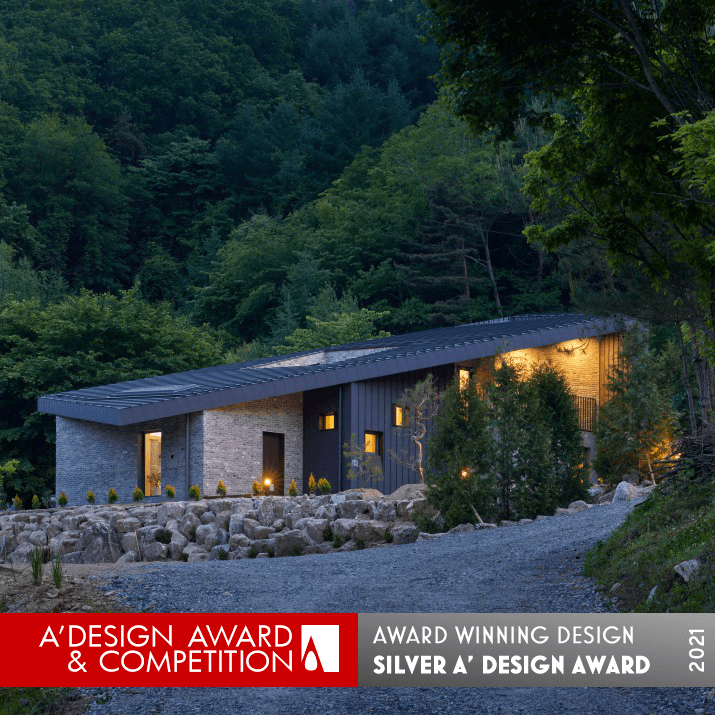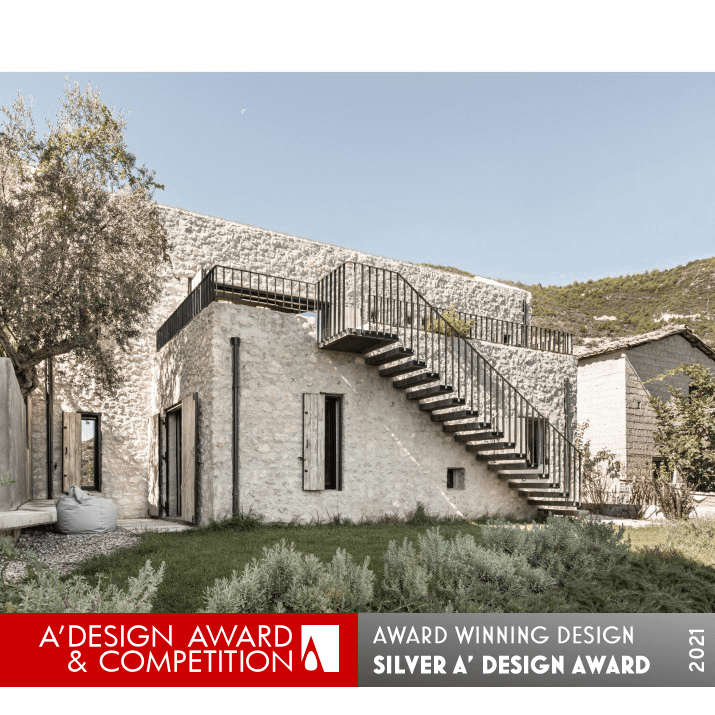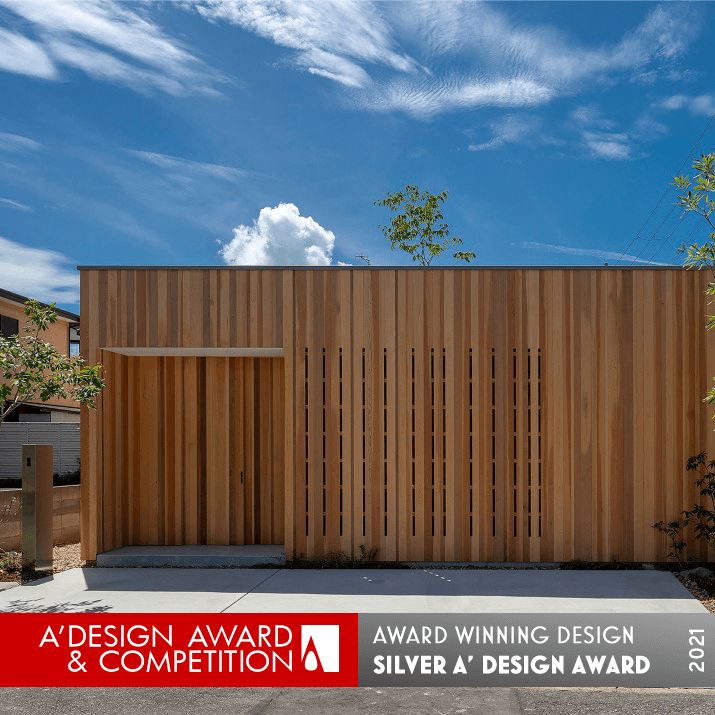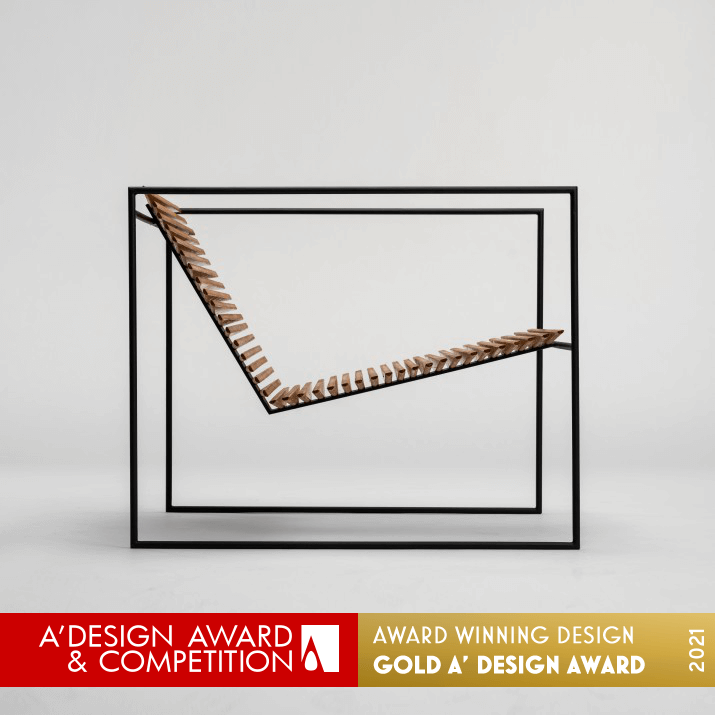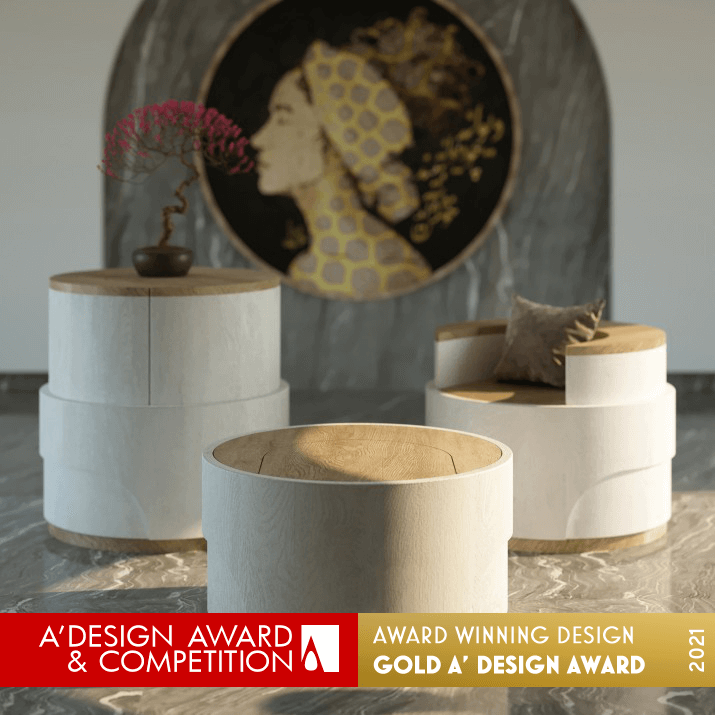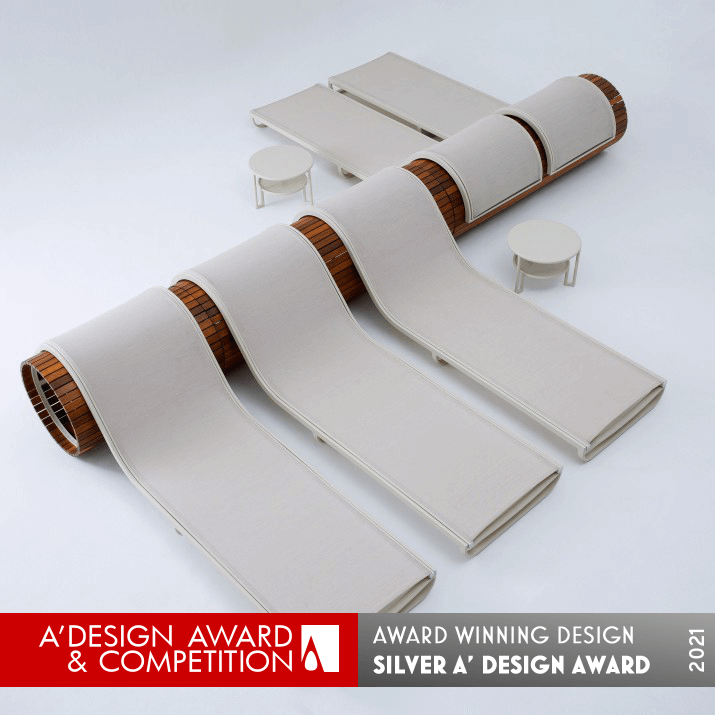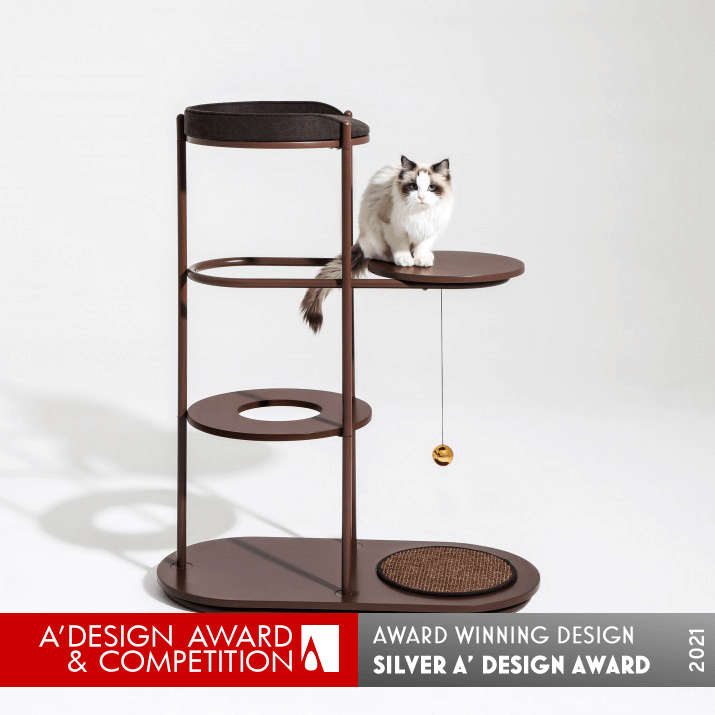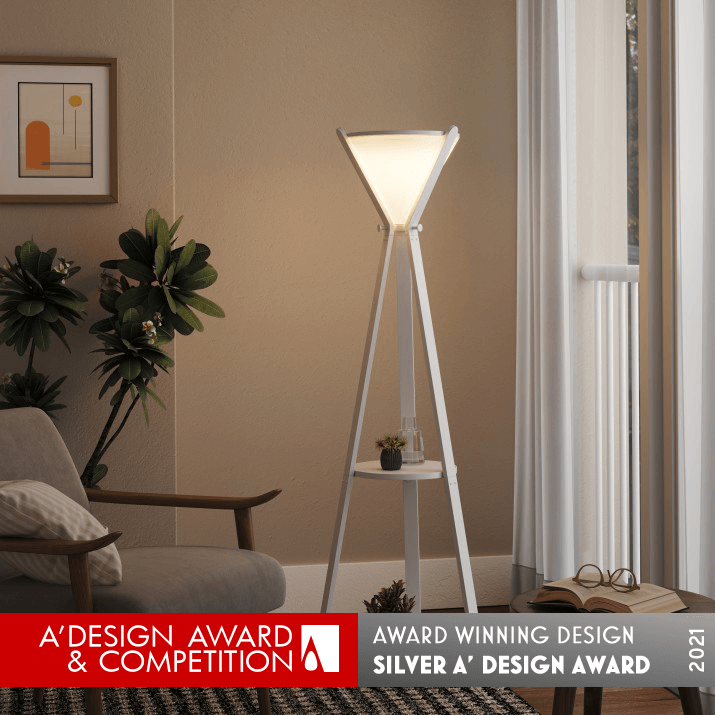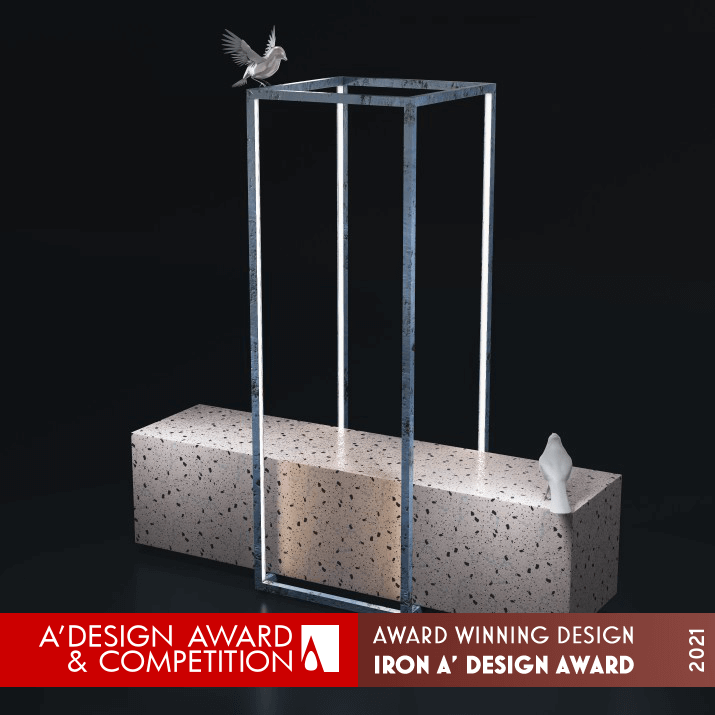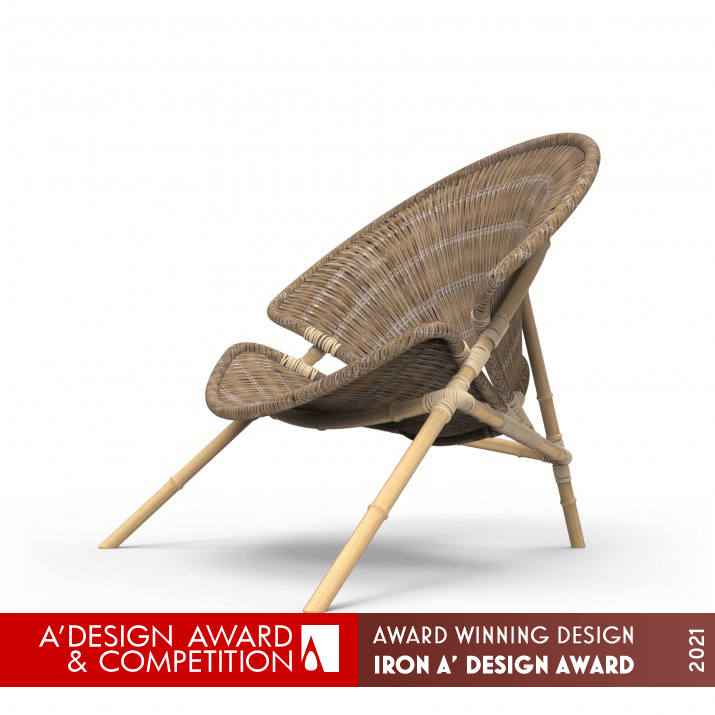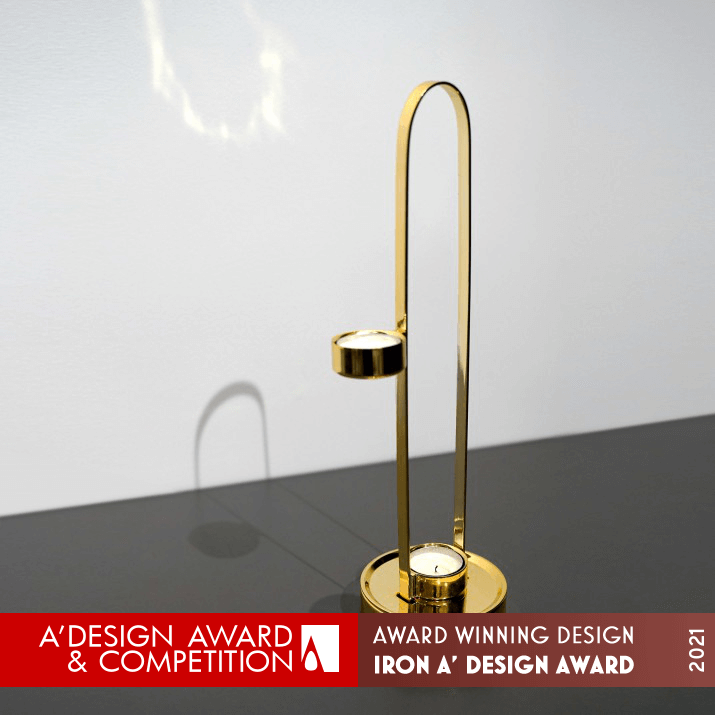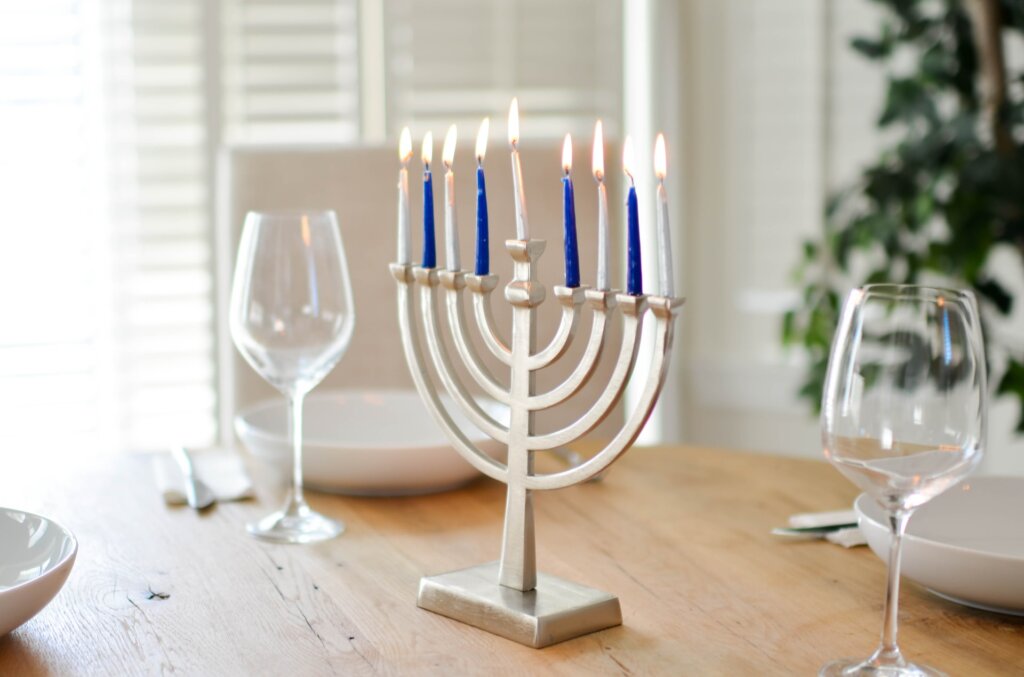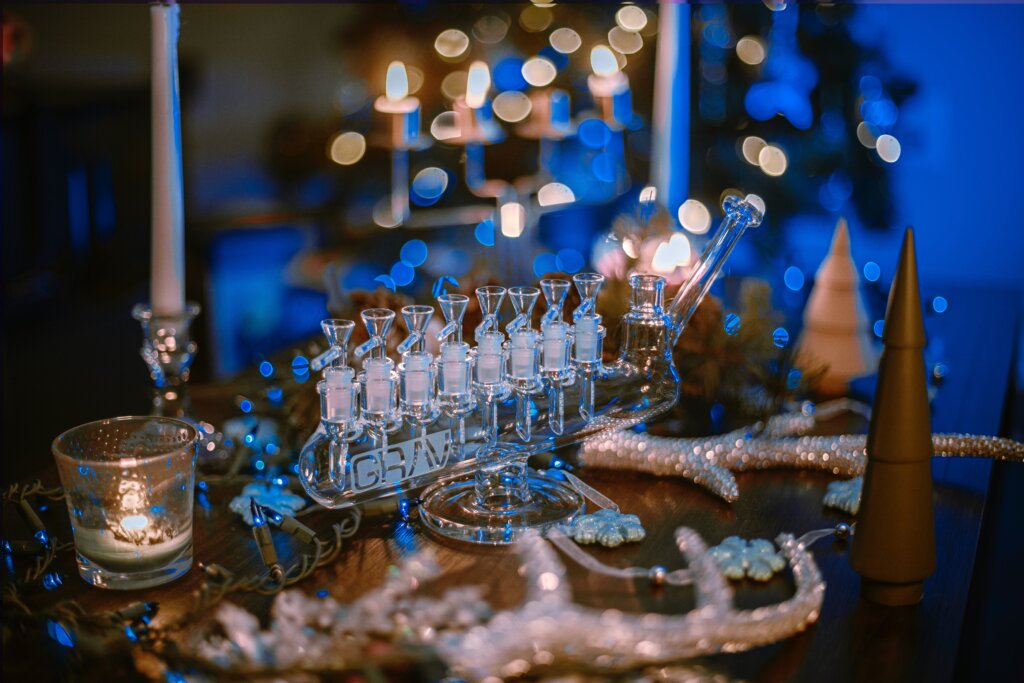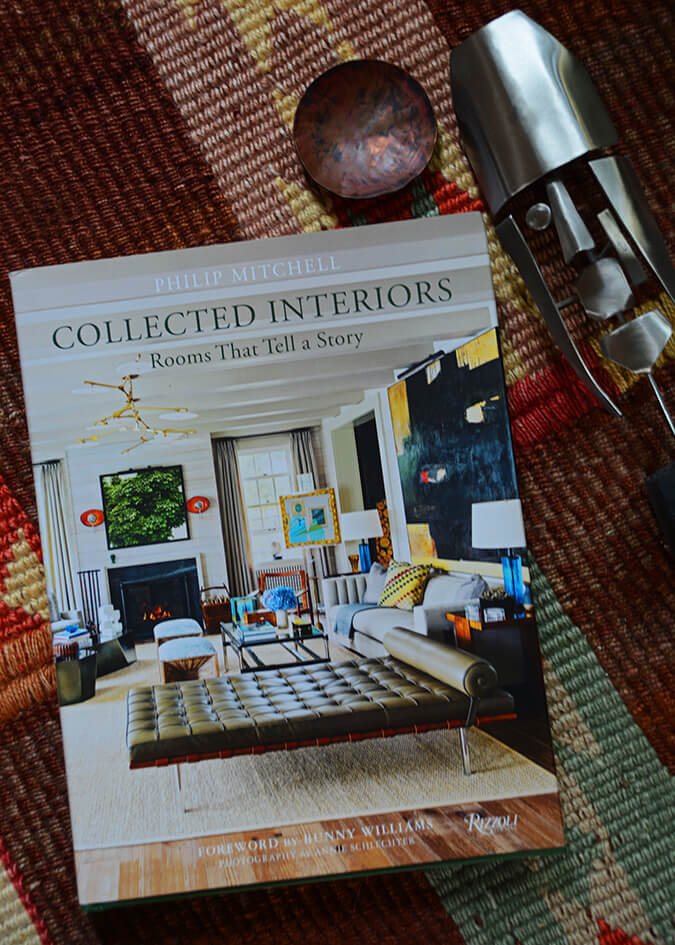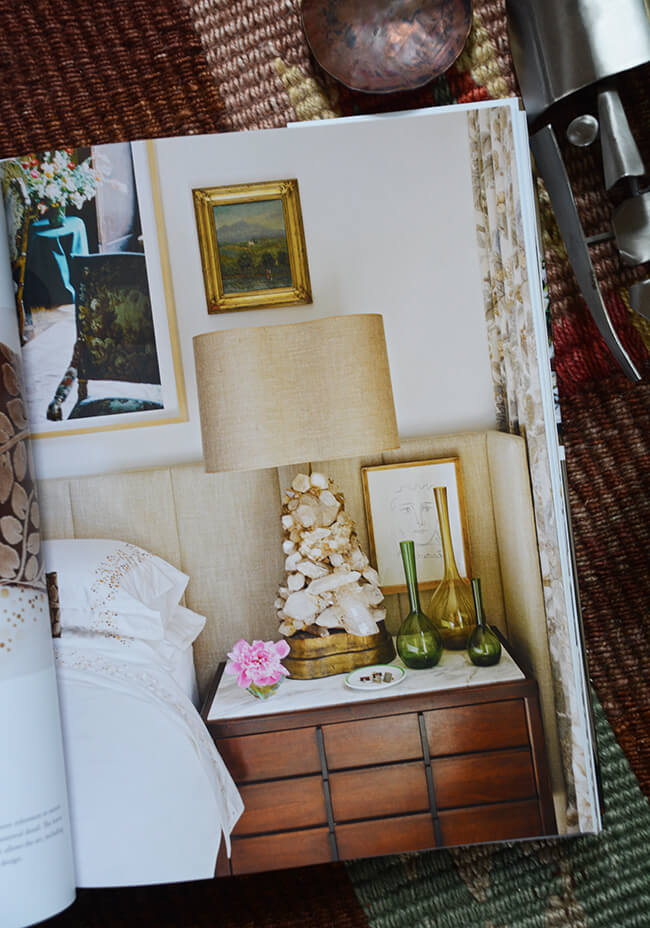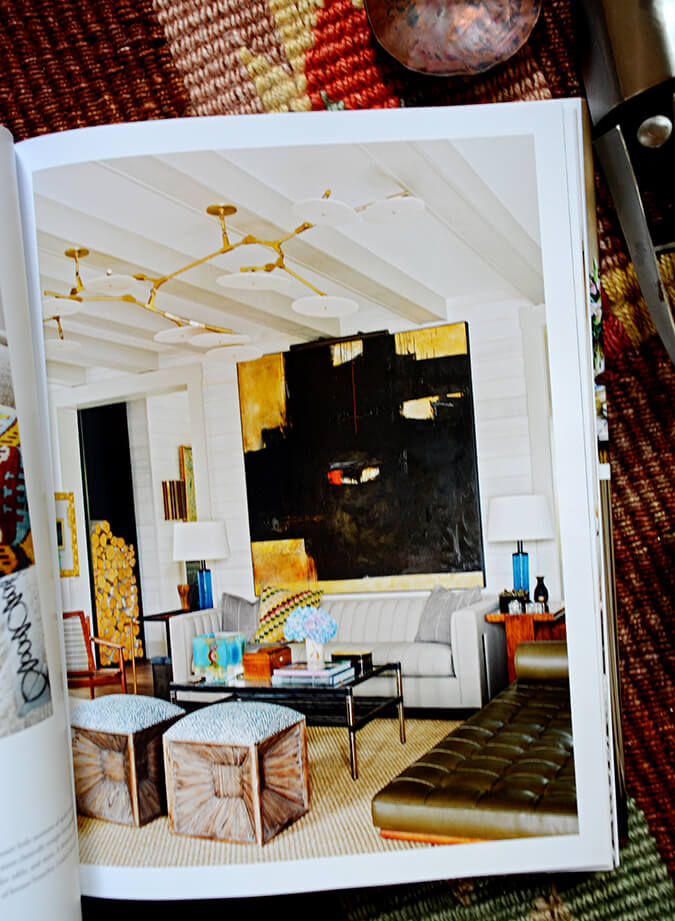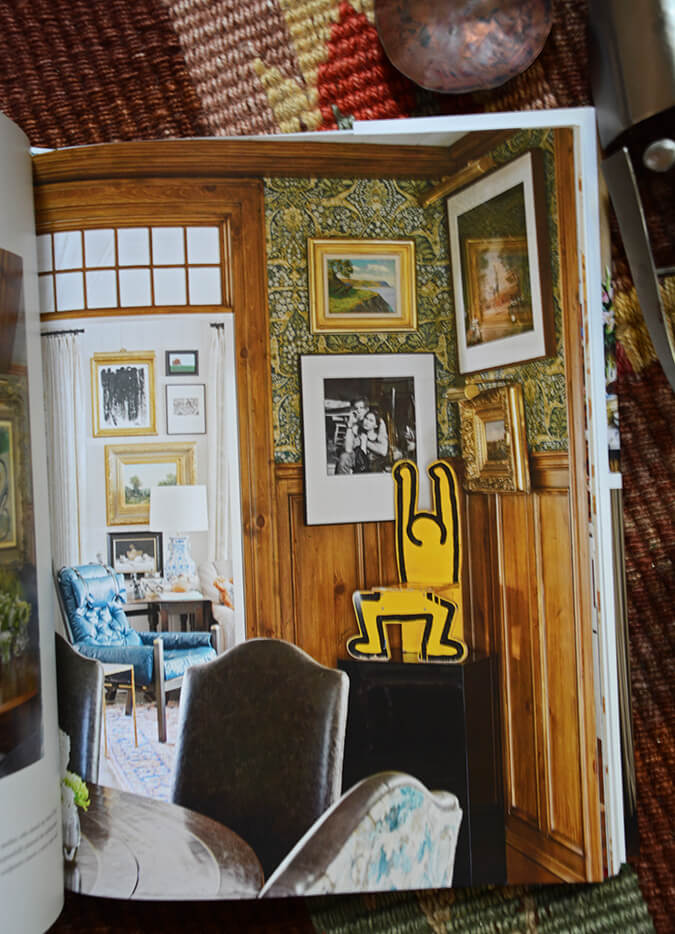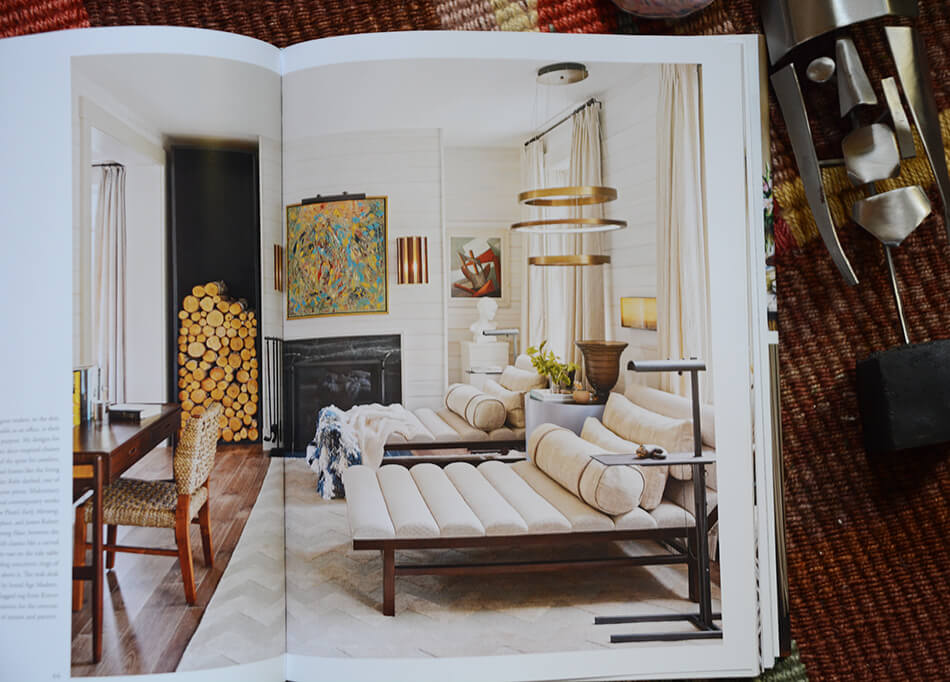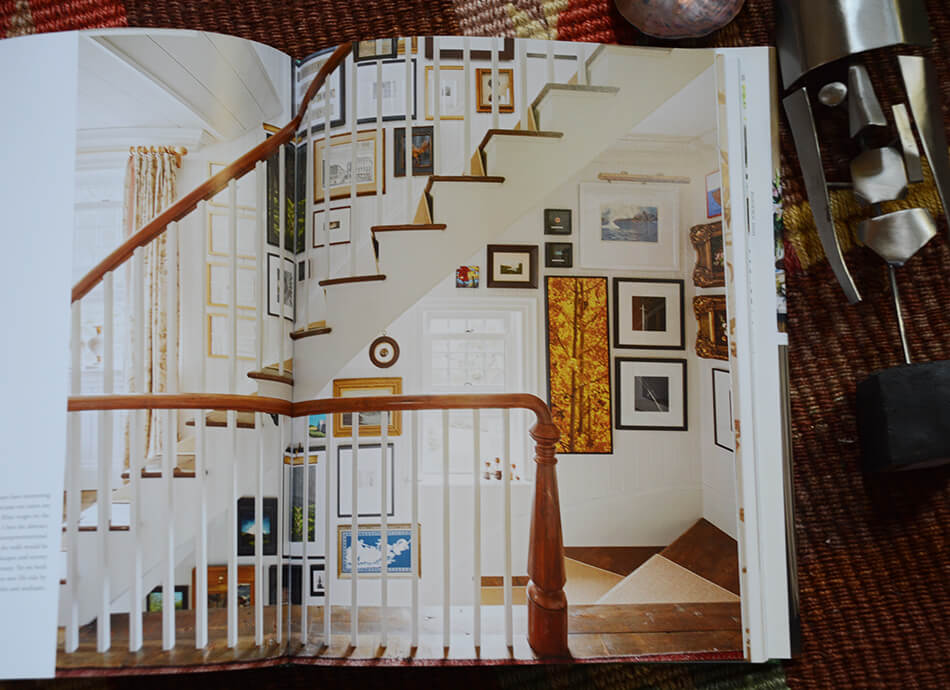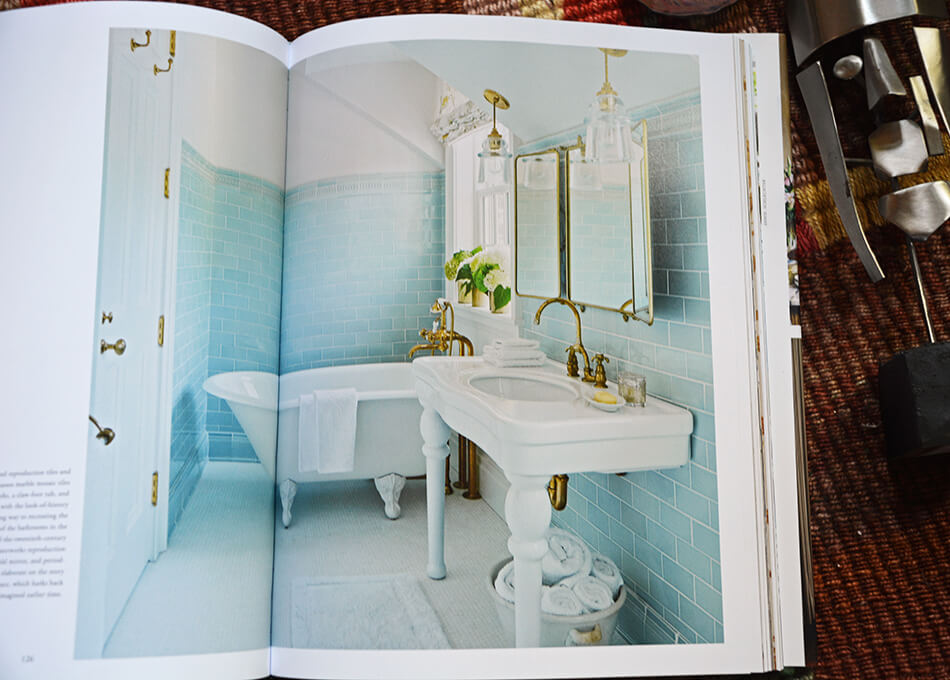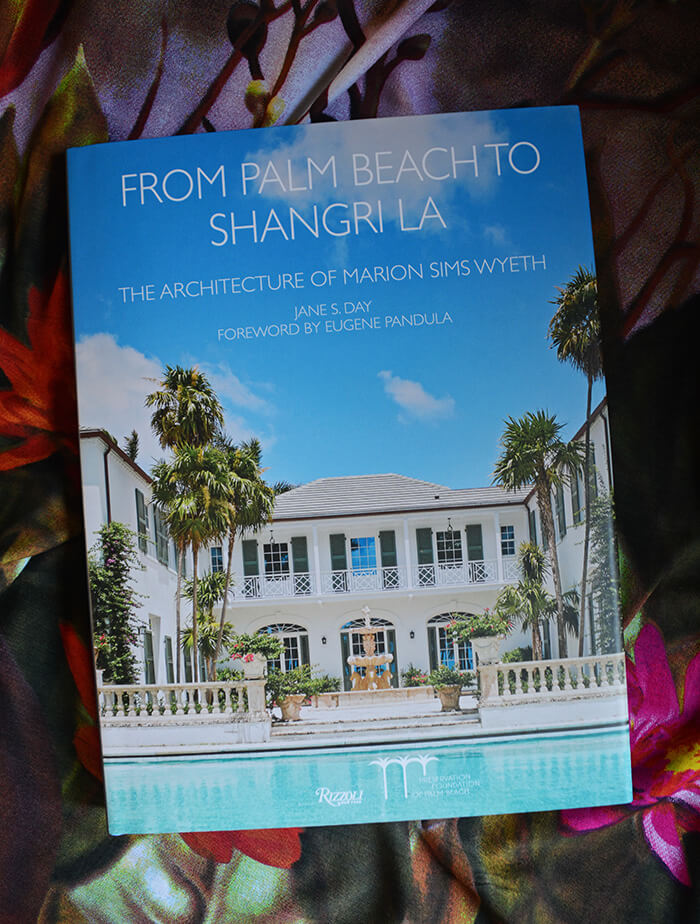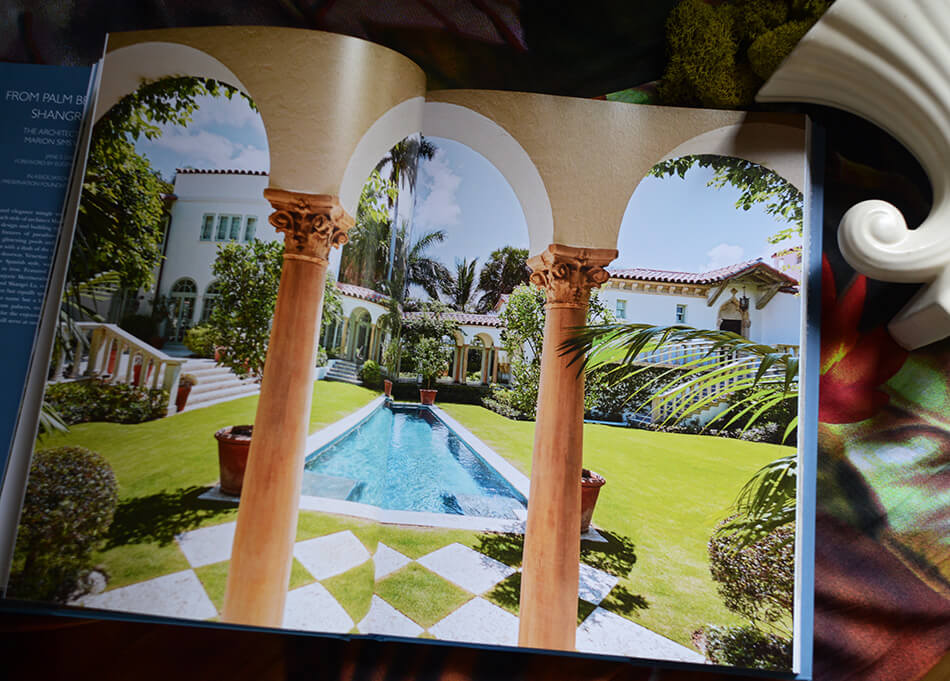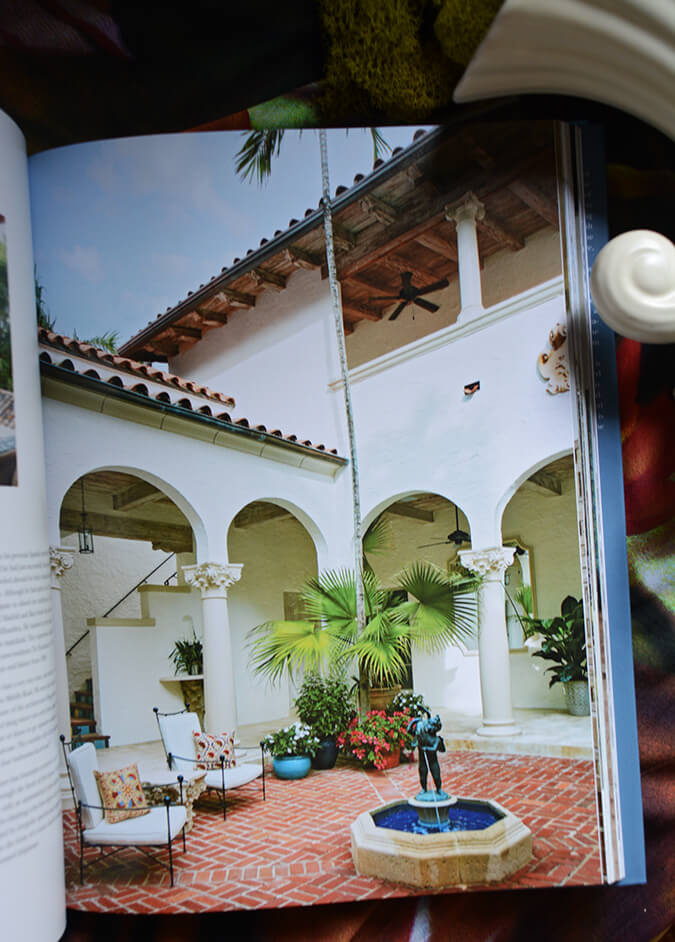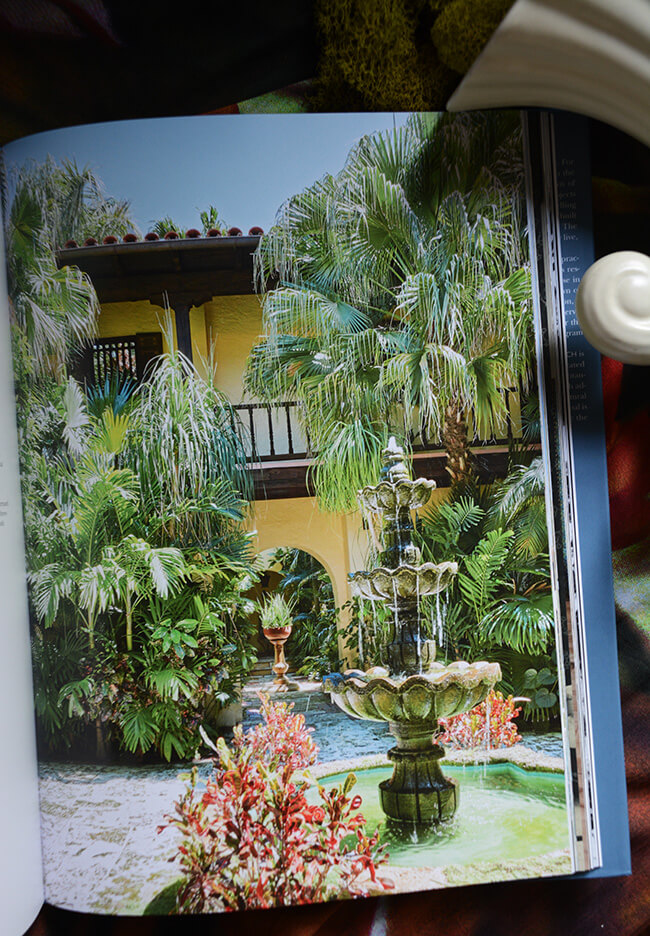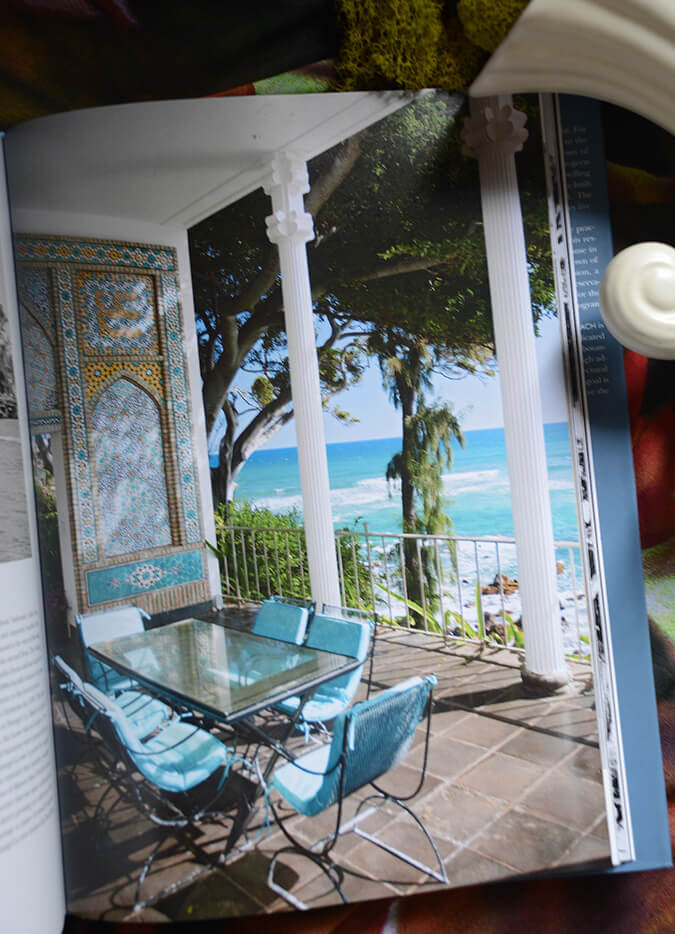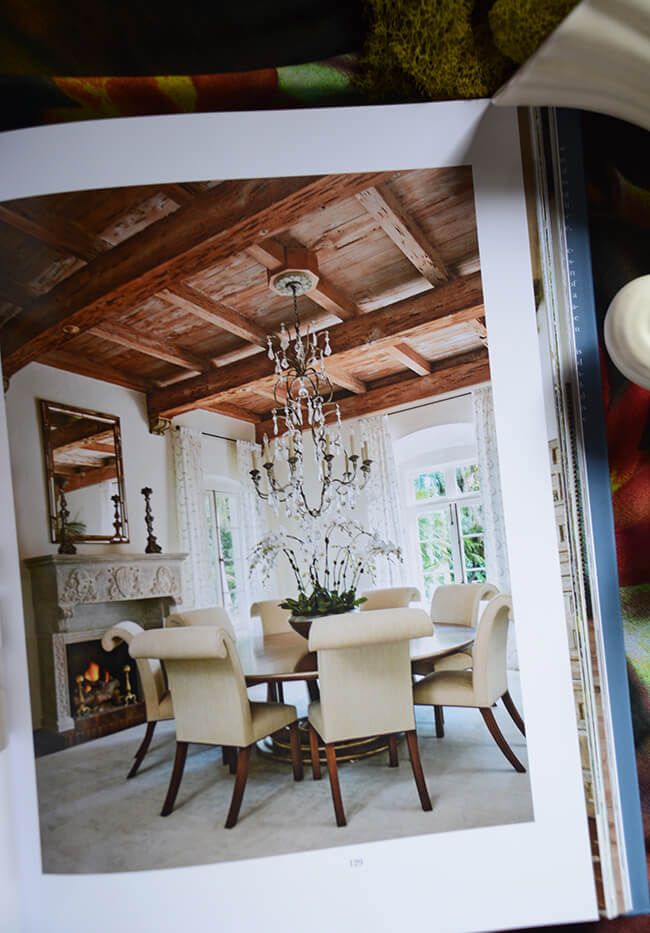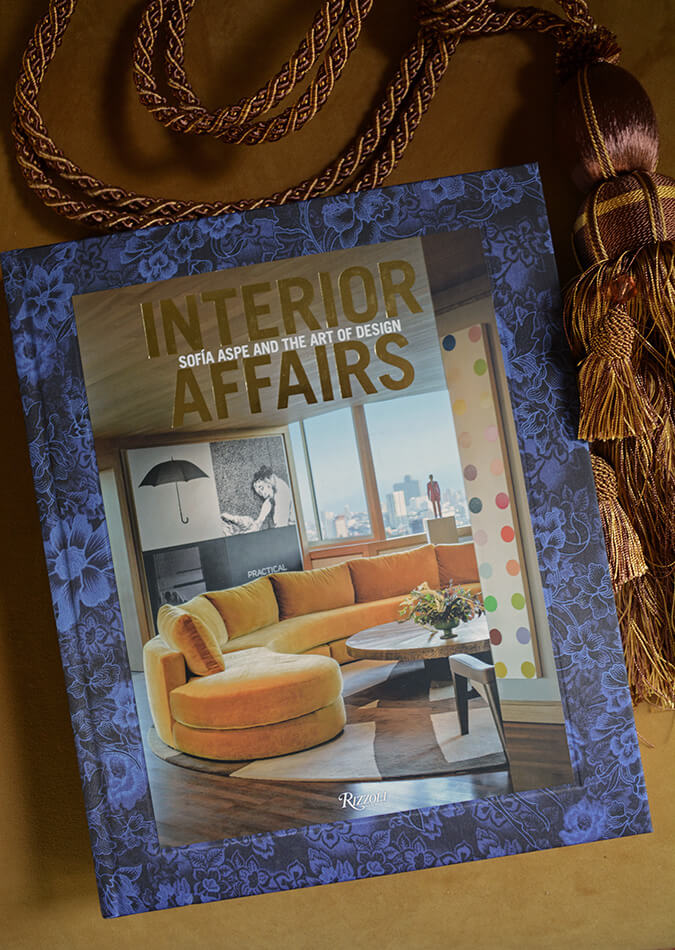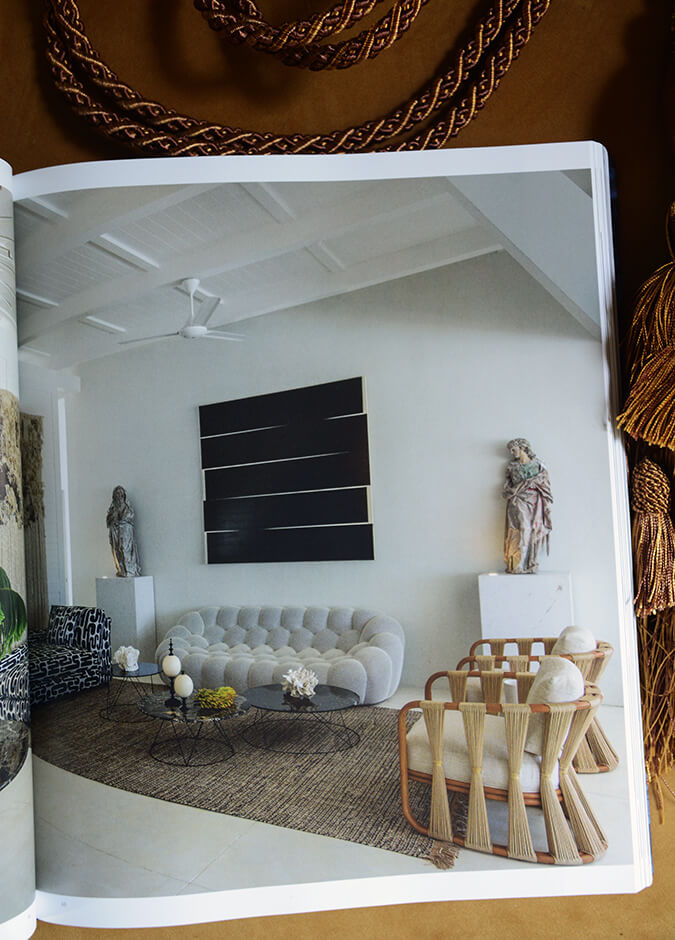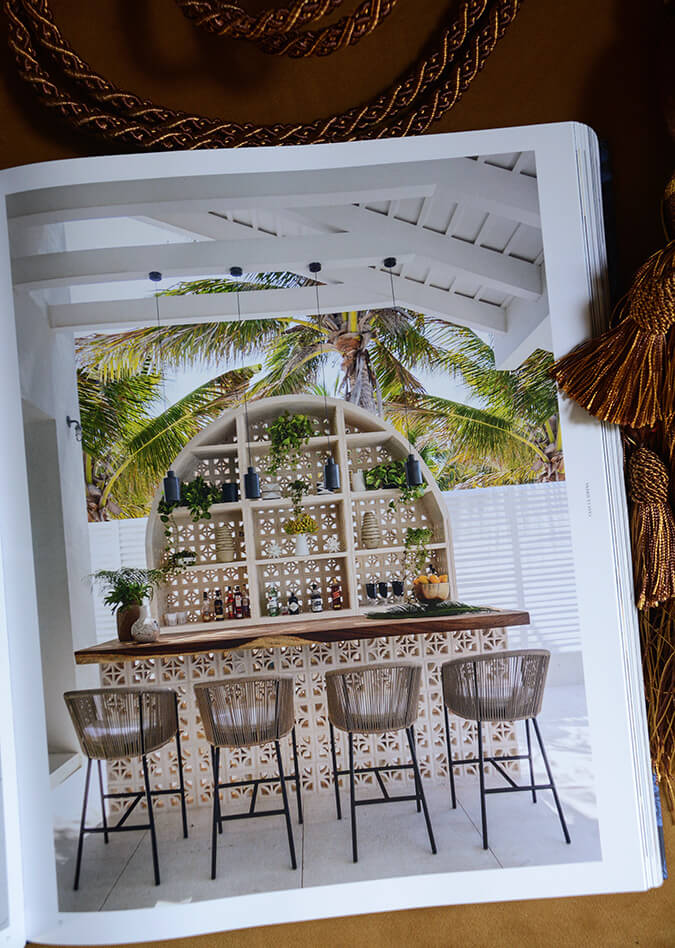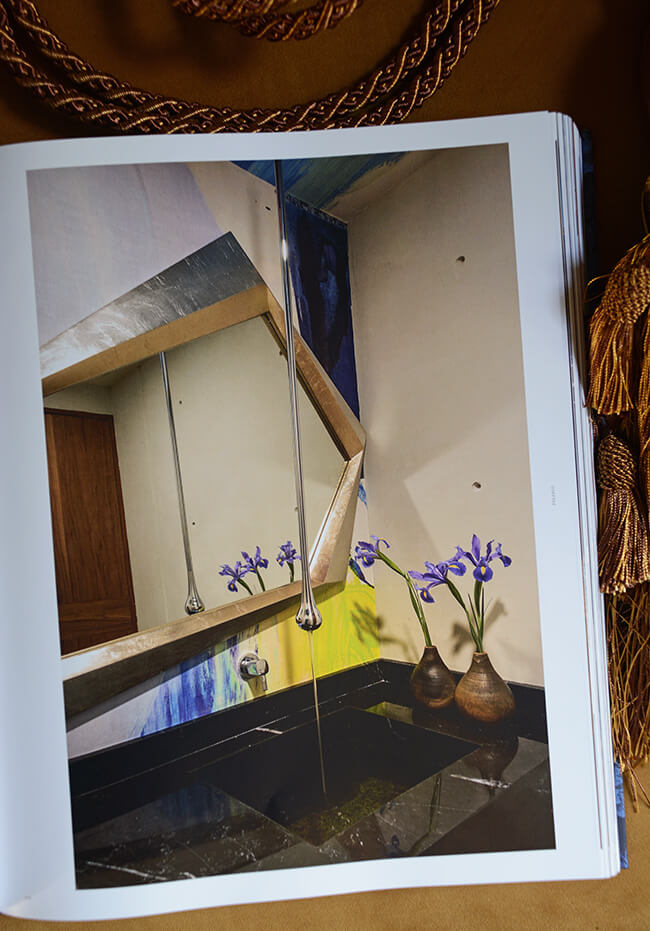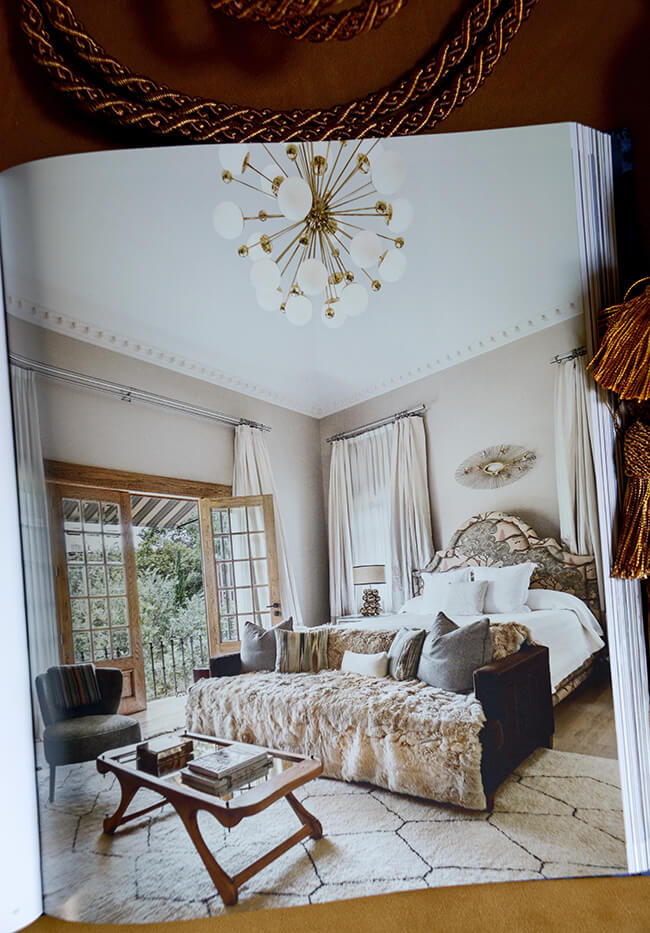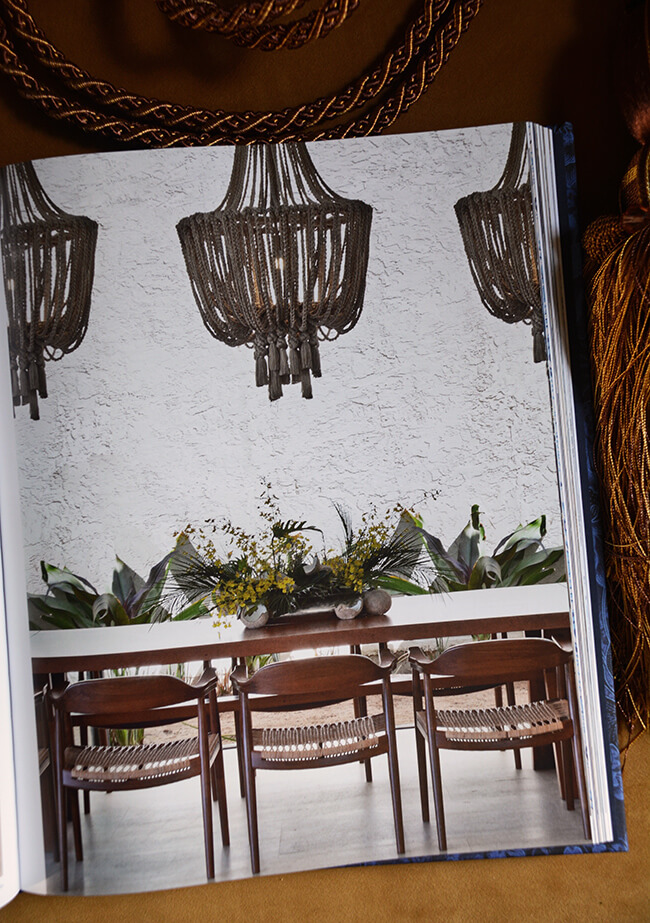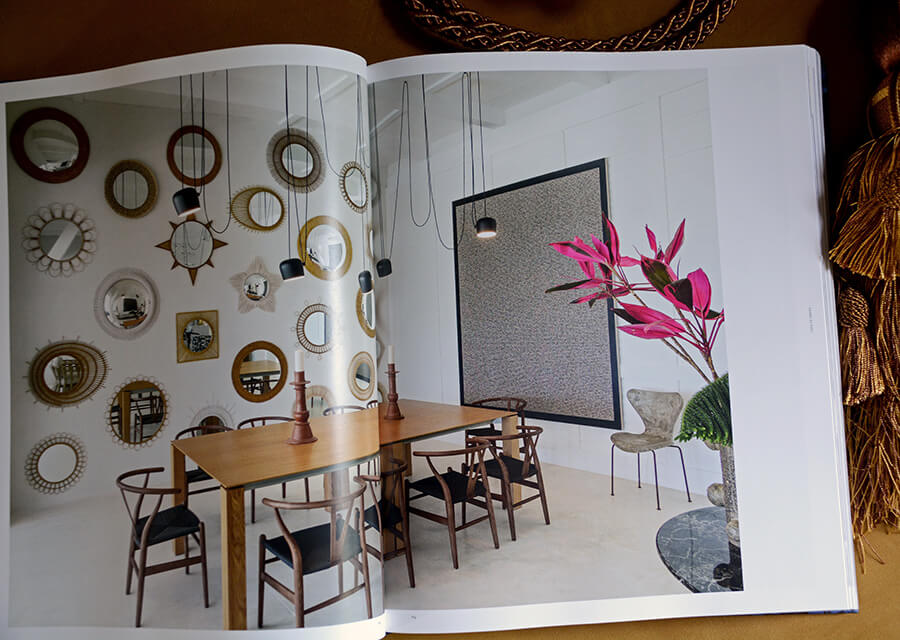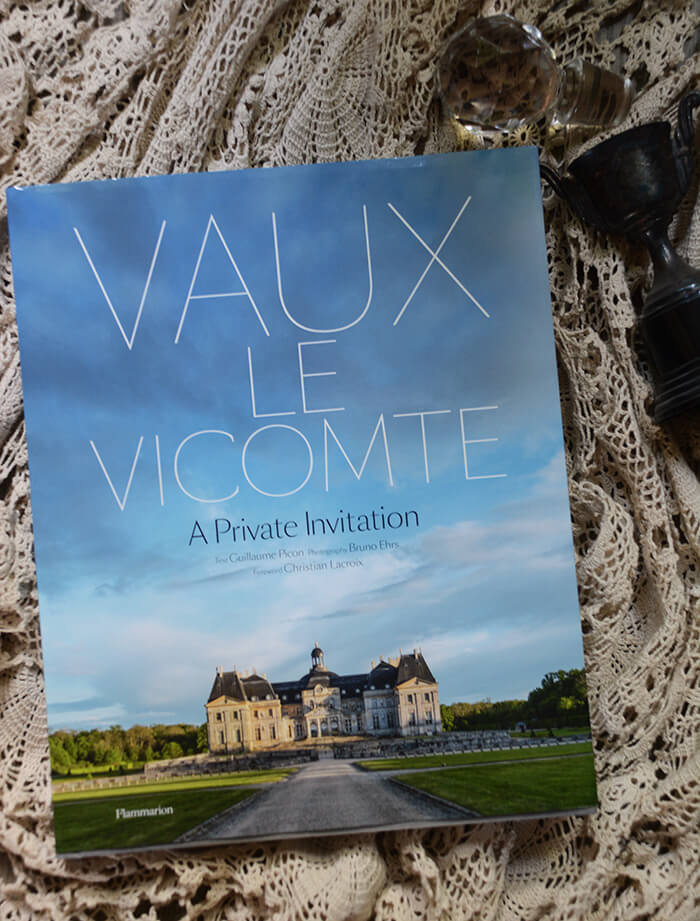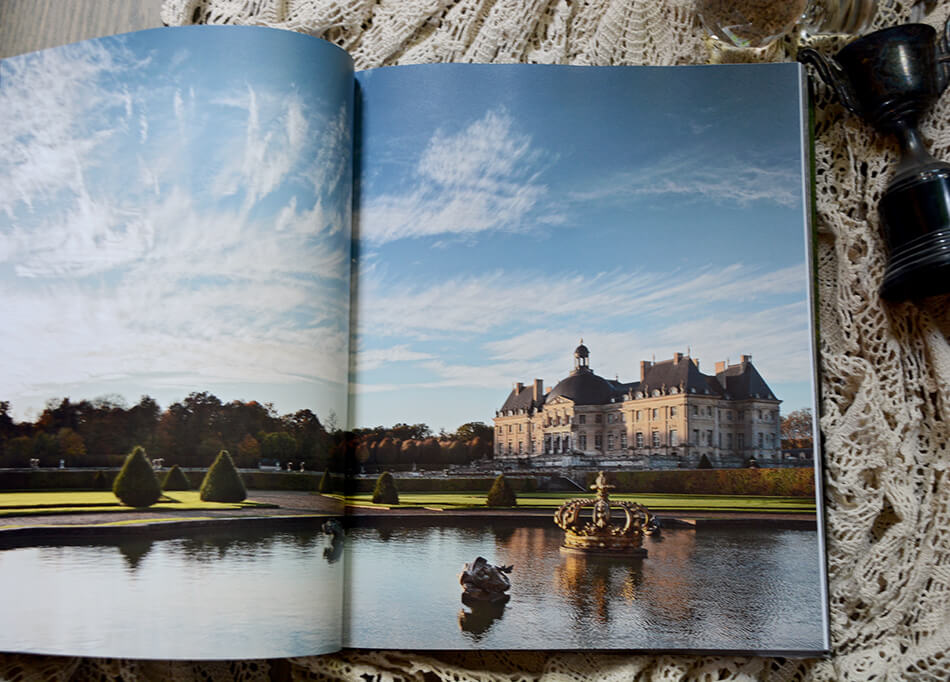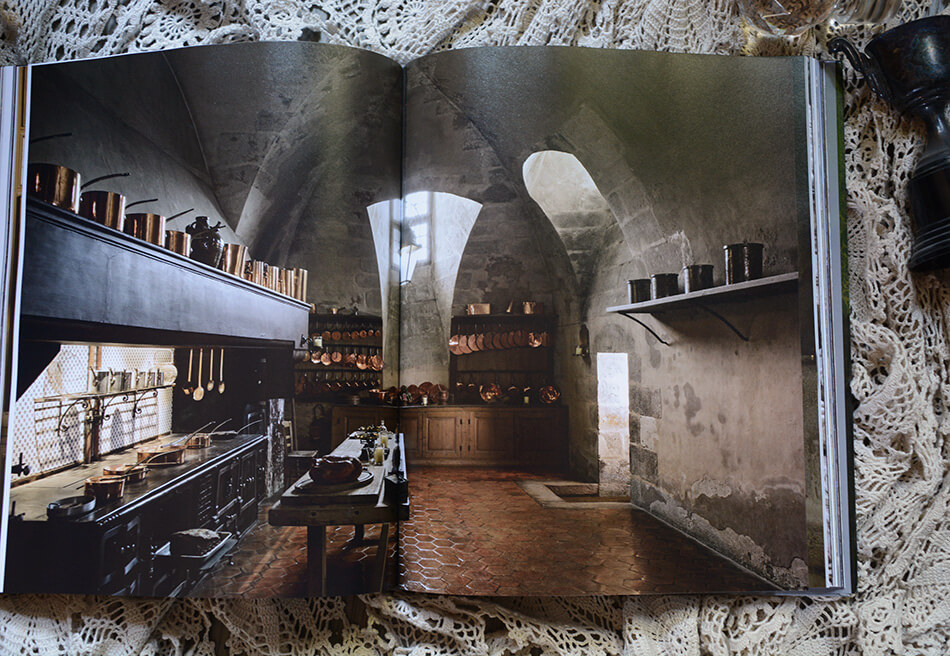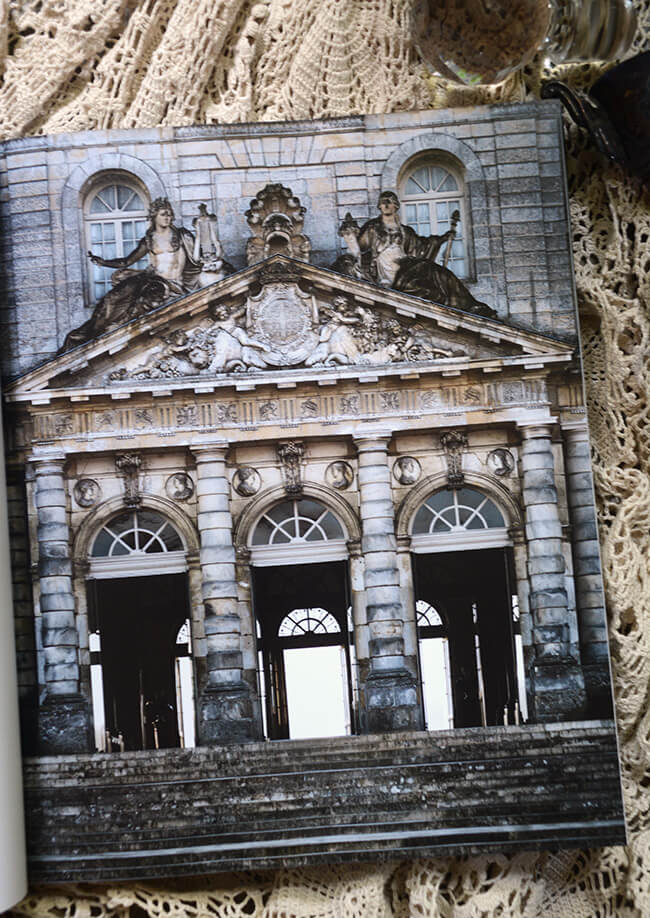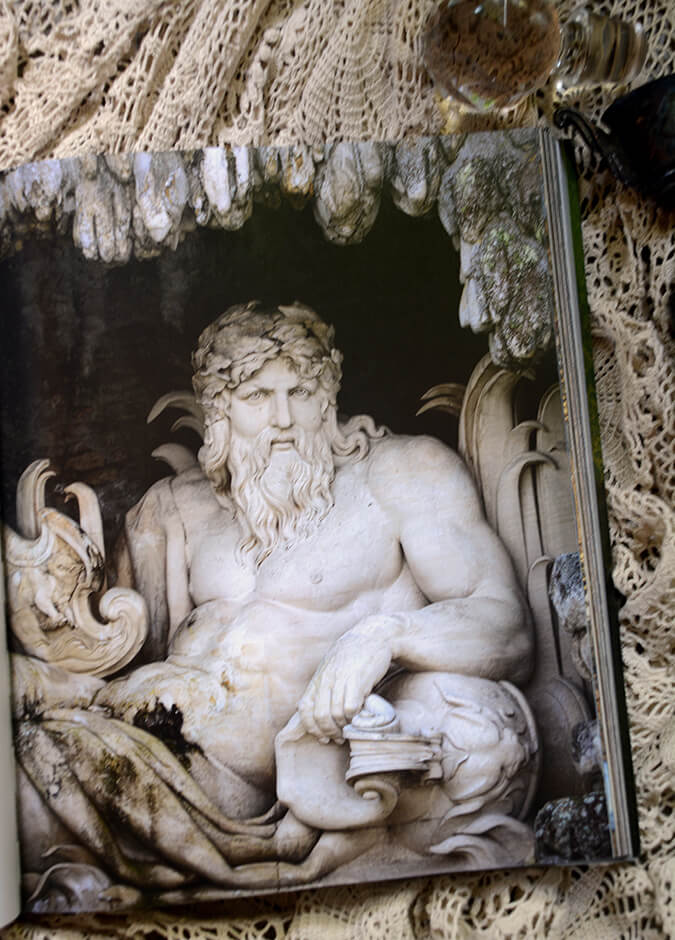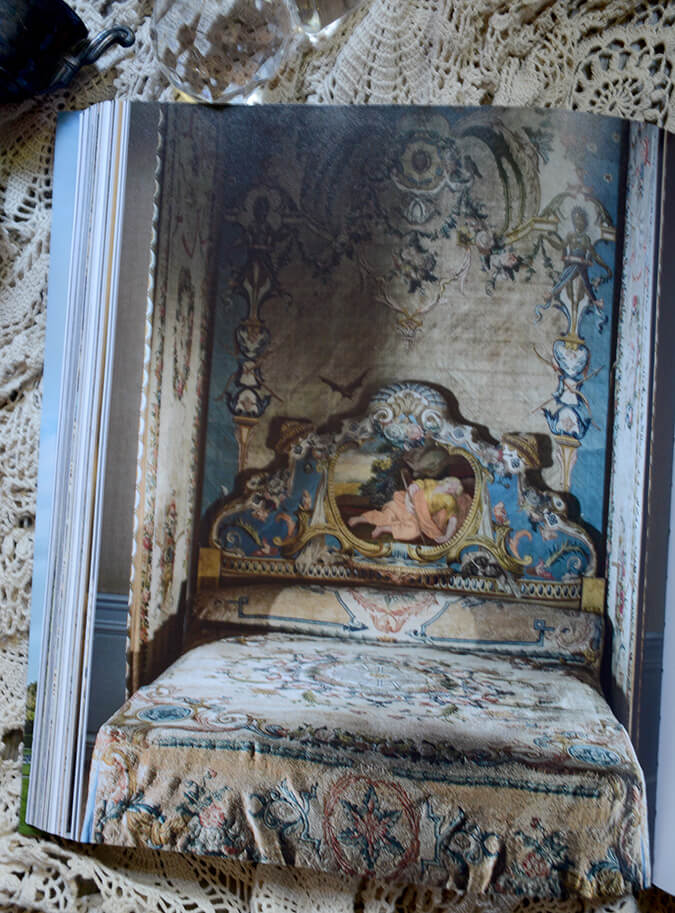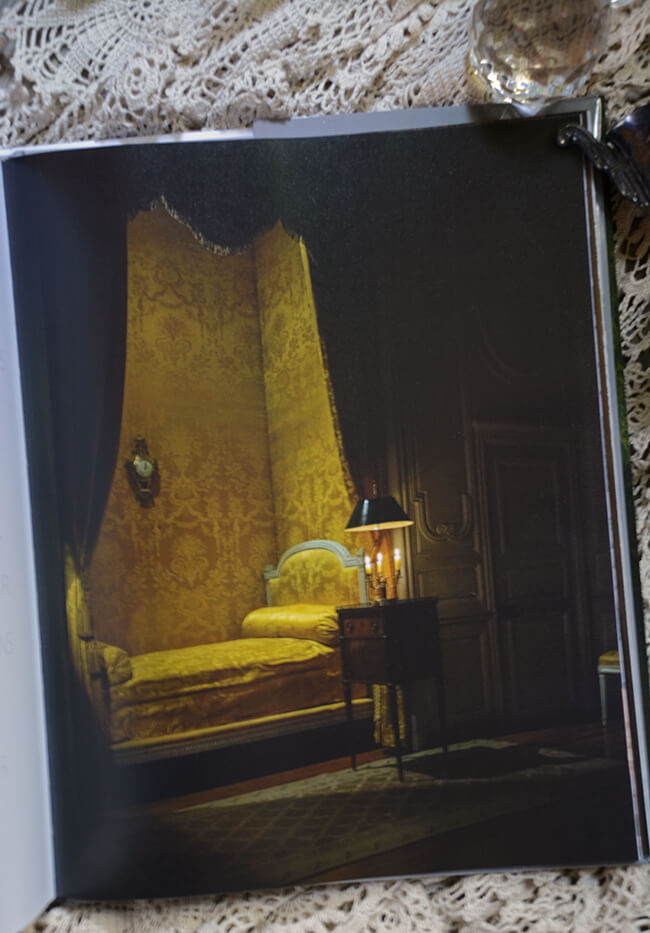Displaying posts labeled "Sponsored"
World Design Rankings
Posted on Mon, 3 Jan 2022 by KiM
NEWS FLASH!!! The World Design Rankings have been announced for 2021. Who do you think topped the list? Where did your country come in? But first – what are World Design Rankings? WDR ranks all the countries based on the number of designers that have been granted an A’ Design Award. This year China took the top spot again among the 114 represented countries, followed by the US, Japan, Italy, Hong Kong, Great Britain, Taiwan, Turkey, Germany, and Australia rounding out the top 10. Canada was ranked 18th! You can check out the complete list here and when you’re there you can even zoom in to country level, click on the country name in the rankings table and you will be able to see top designers from that country (ranked in order starting with the best).
The ultimate aim of the World Design Rankings is to contribute to global design culture through advocating and highlighting good design. The rankings provide a snapshot of the state-of-art and design potentials of countries worldwide by highlighting their creative strengths, design weaknesses and available opportunities. The “Design Business Insights” section provides a ranking of countries based on their success in diverse design fields and creative categories. Using the “Design Business Insights” section, media members and design lovers could discover leading countries for specific design sectors and get answers to their questions such as “Which country is best in industrial design”, “Which country is best in interior design?”, “Which country is the best in fashion design?” etc.
With the best of the best showcased in hundreds of design fields and categories, the Design Classifications allow you to choose the top ranking designers, artists and architects for your next project be it in architecture, interior design, furniture design, fashion design, graphics design and packaging design and more.
For several years Desire to Inspire has partnered with the A’ Design Award & Competition, the world’s largest annual juried design competition that honors the best designers, architects, and design oriented companies worldwide to provide them publicity, fame and recognition. Such an exciting competition! Such a prestigious award!
Here are some of my favourite winners from 2020-2021.
Slope House Residence by Kyungsik Kim
House of Tubes Residential by Enrique Leal
Cobogos House Residential Project by Cibelle Costa Barbosa
House On The Cliff Residential Building by Shamsudin Kerimov
Peloponnese Rural Residential House by Ivana Lukovic
The Inhabited Roccolo Private House by Edoardo Milesi – Archos srl
Hacienda Summer House by Hany Saad
House in Akashi Residential by Yousaku Tsutsumi
Hill House Private Residence by Edoardo Milesi – Archos srl
Nestled in the Green House by Tomomi Omachi
Minimal Techno Arm Chair by Sebastiaan Van Beest
Spring Multifunctional Chair by Navid Ghandili
Zero Sun Lounger by Roberta Banqueri
Watch Tower Cat Climbing Tree by Fei Chen, Lei Yang and Qi Wu
Hourglass Multifunctional Shelf by Yu Ren
Birds Multifunctional Table by Oksana Belova
Bamboo Leisure Chair by Wei Jingye and Li Jiashu
Inspiring Interactive Candlestick by Junqiang Lyu
Believe you’ve got what it takes to take on the best of the best design from around the world? You can register for the 2021-2022 A’ Design Award and Competition here.
~~~~~~~~~~~~~~~~~~~~~~~~~
This post is in collaboration with A’ Design Award & Competition
Modern ways to decorate your home for the holidays
Posted on Wed, 22 Dec 2021 by Guest
Do you love Christmas, but find that copious amounts of green and red and an army of Santa Clauses don’t work for your decor? Do you want to invest in accents that you can leave out all year? Keeping things simple doesn’t have to be boring!
Make your own rules and refresh your decor with metallics, beige, white and pops of black and copper to add interest and depth. Add texture through natural materials, metal and glass to elevate your seasonal decorating and make it stylish and chic. If you’re in the northern hemisphere, a modern look will bring the festive winter wonderland indoors without the cold; while down south, wooden elements give a coastal vibe for summer. Here’s 7 ways to add some sophisticated touches to your decorations.
1. Make first impressions count
The first place you welcome your guests is at your front door, so add seasonal cheer with a beautiful door decoration. Go big, but keep it simple – it doesn’t have to be flashy to make a statement. As with all modern decor, keep in mind that less is more. Choose a simple colour palette of green and black, or silver and gold and then use that to inform your decorating choices for the rest of your home.
2. Mix up materials
Wood, metal and glass are all great materials to work into your decorating. Wooden bead garlands, copper and brass stars and glass Christmas trees all add a touch of modern scandi to your home and are easy to source. Offsetting these with black and touches of deep green keep the modern theme going. Opt for geometric decorations, such as cones, stars, triangles and stylised reindeer, rather than more detailed, traditional shapes.
3. Deck the halls — modern style
Choose a gorgeous Christmas tree and make it the focal part of your living room, while keeping other decorations minimal. Let your tree shine and decorate it sparingly in colours that match your decor and tie in with your wreath. There’s no need to be limited to traditional Christmas colours! Wooden or monochrome decorations tipped with gold or silver add a luxe look without overwhelming your tree. If you want to go even more minimal, there are gorgeous LED-light branch trees in silver or gold that are a striking alternative to a traditional green, fluffy tree.
4. Light up your space
One of the most simple, but effective ways to decorate is by playing with lighting. At night, the glow of Christmas lights is cosy and festive without being overwhelming. There are so many gorgeous LED decorative features available these days. Choosing simple forms with lighted elements, such as woven cone trees for the mantle, dresser or coffee table, is a great way to bring Christmas into your house while keeping your look fresh. Don’t forget the outside of your house – twinkling fairy lights are an elegant but low-key way to add a hint of the holidays to your exterior.
5. Hang your stockings with care
Opting for modern decor doesn’t mean ditching your stockings! Beautiful Christmas stockings are a must for your family no matter what style of decor you choose. Make them a feature with a simple pattern in neutral colours, add a sparkle with lurex thread or opt for a chunky knit.
For those celebrating in the northern hemisphere, dress your mantle with lights and bare branches for a festive touch while the yule log burns – or create a makeshift mantle out of a sideboard or buffet. Showcasing family photos from past Christmases printed in black and white is a great way to personalise your decor. Think simple but striking, and don’t be afraid to pare back your decorations.
6. Dine in style
If you’re hosting a Christmas or holiday meal, dining in style with beautiful table decorations and dinnerware is a must. Start with matte black stoneware for an organic feel, then continue the gold or silver theme with fabric napkins and simple table decorations, such as small metal or porcelain trees or bare branches. Use tea lights or string lights to make your table an extension of your decor.
Get the party started with a luxe silver or gold bar cart filled with all your favourites for effortless entertaining with a touch of glamour. Use glasses and decanters with a hint of gold and silver to complete the look. An open bar cart will have you prepared for any thirsty guests and Santa might thank you for something stronger than milk too (are there rules on drinking and sleigh driving?).
7. Complete the look
Without turning every nook and cranny of your house into the North Pole, think about adding touches of Christmas to rooms where they’ll have the most impact. Small decorations in the powder room and kitchen will complete the look (without risking the Grinch’s ire!). Luxe throws – faux fur for those experiencing a winter Christmas and lighter materials for antipodeans – add depth to beds and sofas.
Homemade posters featuring quotes from favourite Christmas carols or books are a fun way to update your existing decor for the holidays with a personal touch. Even better, swap out photos or prints in existing frames to keep the cost down. Monochromatic or metallic Christmas cards can also be used as a low-budget way to bring Christmas art into your home.
Winter Season: Prepare Your Home With Water Filters
Posted on Thu, 2 Dec 2021 by Rowan Langlery
Keeping water well filtered and safe for drinking is the priority of many homeowners this coming winter. That’s understandable. Winter can dramatically affect the quality of our home water, and now’s the best time to start planning how you can keep your water at a pristine quality.
You might be wondering how winter affects the quality of your water. The answer is quickly found in a simple story of snowmelt and sodium chloride.
During winter, our roofs, roads, and playgrounds get covered by inches of snow, and we turn to de-icing these places for our comfort. There are several ways to de-ice, but the most common is de-icing with sodium chloride (salt).
Using salt to de-ice is fast and convenient, but the chloride is soluble in water. So, many people using sodium chloride to melt the snow off their roads etc. means that there will be a high level of extra chloride present in the environment.
Now, the water we get in our homes comes from either surface water or groundwater. A groundwater supply comes from rain and snow that seeps into the soil, while a surface water supply feeds from rain and snow that flows into streams, lakes, and rivers.
After the de-icing, the chloride-filled snow melts and enters both types of freshwater supplies. The result is that despite treatment by the water authorities, our drinking water comes out of our taps with more chloride than usual.
Apart from chloride, snow also contains a high amount of nitrogen which gets into our water when it melts, too.
The bottom line is, there will be changes in your water quality during winter. But, preparing yourself for these inevitable changes should not be a difficult task. It can be pretty straightforward, actually; all you need is a water filter.
Water filters help you keep your water free from different kinds of contaminants, like heavy metals and excess minerals. There are several types of water filters, and we’ll be discussing a few of them in this article.
Types Of Water Filters
Water filters function differently, and when picking a water filter system, you should consider your budget and the type of contaminants you’re trying to get rid of. There are water filters that are localized in their use and others that cater to the needs of the whole house.
Whole House System
Whole house water filters process all the water coming from your city’s water supply before it’s distributed around your home. Using whole house water filter systems guarantees that you’ll have clean and better-tasting water at every outlet.
SpringWell CF
The Springwell CF is an excellent whole house filter. Not only does it remove chlorine and chloramine, sediments, pesticides, and heavy metals, it also gets rid of microorganisms, making your drinking water safer and better to drink.
This system is perfect if you’re looking to get good quality water all over your house. It’s easy to install, and it gets the job done. Besides, it’s ideal for those snow melt related contaminants mentioned above.
The Best Water Filter Pitchers
Water filter pitchers operate differently from whole house water filters. They come in handy during the winter when low temperatures can easily affect the filtration systems in your home.
With water filter pitchers, you don’t need to do any installation. Although you won’t get filtered water at every tap of your house like you’d get with larger systems, they are an excellent filtration tool to have.
Here are two water filters pitchers you can use in your home:
Clearly Filtered Water Filter Pitcher
The Clearly Filtered is up there when it comes to water filtering pitchers. It efficiently traps the contaminants present in your drinking water. Microorganisms and minerals like chlorine, lead, and fluoride are filtered off by this unit, leaving you with water of very high quality.
The Clearly Filtered water filter pitcher uses a process called affinity filtration to remove over 270 impurities.
It has a 100-gallon filter capacity that lasts for about four months, after which you’ll have to replace the filter. It is an 80 oz jug, portable, easy to grip, carry around, and pour from. It fits nicely into a refrigerator and as a plus, it has a beautiful design.
The inventors of this water filter pitcher have such solid belief in it that it even comes with a lifetime warranty. If your Clearly Filtered water pitcher ever breaks, you’ll get a new one, free of charge.
Aquagear Water Filter Pitcher
The Aquagear water filter pitcher was created because the makers wanted to solve the problem of ineffective water filtration. So far, it looks like they’re achieving their goal.
The Aquagear removes over 89 contaminants. Some of the pollutants include chlorine (99.9%), chloramine (99.9%), fluoride (90.06%), chromium (99.4%), lead (99.9%), mercury (97.8%), copper (99.7%), arsenic (99.8%) and over 50 VOCs including trihalomethanes (99.0%).
Overall, this filter does a good job removing a lot of water pollutants, but it won’t remove healthy minerals like calcium and magnesium.
It’s also important to note that this filter is not designed to deal with harmful microorganisms. It is intended for water that is considered microbiologically safe.
The pitcher only comes in one size and can filter up to 8 cups in one refill.
It can filter an impressive 150 gallons (6 months of use) before a new cartridge is needed. This is way ahead of many other pitchers out there. Although it has some great features, it is slightly more expensive than regular pitchers and has a relatively slow flow rate. It can be a challenge to use this filter if you have a large household.
Other water filter pitchers include the pH restore, which helps balance the water’s pH, and Brita’s Everyday, which is popular and one of the top contenders out there.
Winter Is Coming
If your home doesn’t have the filters it needs to keep your water safe, you should really consider getting one. Winter is coming.
How A Modern Menorah Design Can Make Your Hanukkah Table
Posted on Mon, 8 Nov 2021 by Guest
Hannukah is right around the corner, with the period between the 28 November and the 6 December just weeks away. Around the world, those celebrating Hannukah will dedicate nine nights to lighting the nine candles of the Hannukah Menorah – not to be confused with a Menorah, which only has seven.
The Menorah is perhaps the most crucial part of a Hannukah table – it doesn’t matter whether it’s real or embroidered into the tablecloth. Below, we will explore how a modern Menorah design can make your Hannukah table.
The Symbolism Of A Menorah
In Judaism, the Menorah symbolizes universal enlightenment. It’s one of the most widely recognized Jewish ornaments, although many people outside of Judaism may not know its name. The tradition of lighting a Menorah began after slaves left Egypt for the Promise Land, and God commanded the fleeing Israelites to light a candle to represent the seven days of creation.
Now, the Hannukah Menorah is an adaptation of the Menorah that has nine candle holders for each day of the holiday. It’s symbolic to Hannukah, and you could argue that Hannukah would not exist would it not be for the lighting of a new candle on a new day.
How A Modern Menorah Will Transform Your Hannukah Table
Whether you’re going to make your Hannukah steeped with tradition or not, a modern Menorah can transform your Hannukah table to combine class and style with ancient tradition. Traditionally speaking, your Menorah only needs to have the nine candle holders – the rest can be left to the creativity and artistry of the Hannukah table arranger.
When you think about a traditional Hannukah Menorah, your mind might jump to a simple gold design with curving branches that glide away from the stem – modern Menorahs are anything but that. When you buy Menorahs online, you’ll notice bright colors, designs that are anything but the traditional curved horns, and grand designs that boast modern art.
It’s awe-inspiring to watch artists like Yair Emanual and Simon Pearce explore modern-day design trends – but yet they are still able to pay tribute to Jewish Hannukah Menorah traditions. The sanctity of the holiday is upheld by including the nine candle holders – whichever way the artists choose to put them.
Design Ideas To Explore
As mentioned, traditional Hannukah Menorah designs usually comprise a central stem with eight branches spanning from it. Modern Hannukah designs are anything from it. When looking at Yar Emanuel’s work, you can see the combination of traditional artistry with modern-day, vibrant colors. If you want to move further away from traditional Jewish designs, look for any design that differs from the classic central stem and branches.
We also mentioned that a Hannukah Menorah doesn’t have to be a physical ornament. Some households prefer to paint their own Hannukah Menorah onto the tablecloth. It still upholds the traditional values of Hannukah by including the nine stems, of which you could put a tealight candle at the top of each one to light each evening. This idea gives you the chance to be your own artist and create your own stunning Hannukah Menorah designs. There are, of course, plenty of modern-day designs online if you’d prefer to shop for one.
Hannukah is a sacred and beautiful holiday that millions of people celebrate around the world. It gives us a chance to reflect on the creation of life and explore the beauty of light, reminding us that the light of the Lord is there in everything we do. How will you celebrate Hannukah this year?
New books from Rizzoli
Posted on Mon, 1 Nov 2021 by KiM
I got my hands on some newly released books over the past few weeks and I’m dying to share, so let’s get right into them!
The first one is Collected Interiors: Rooms That Tell a Story by Philip Mitchell (and Judith Nasatir). I was not very familiar with designer Philip Mitchell’s work before reading this book but as soon as I started to dive in I wondered what rock I had been living under. WOW!!! I especially love his cottage in Nova Scotia – it turns out he’s Canadian! The elegant, clean classicism of Philip Mitchell’s style is on full display in these homes, where he masterfully incorporates a wide-ranging mix of antiques, vintage collectibles, and contemporary pieces—everything from inherited furniture collections to modern art—in rooms that are filled with memories and warmth. As a master of what he calls modern maximalism, Mitchell embraces the challenge of taking wonderful things that a homeowner already has and making more of them. Brilliant photographs (Annie Schlechter) take readers on in-depth tours of nine homes, ranging from an elegant Upper East Side pied-à-terre to a classic cottage on the water in Nova Scotia.
Next is From Palm Beach to Shangri La: The Architecture of Marion Sims Wyeth by Jane Day. This one was a bit of almost a history book but that’s what made it so intriguing, to see how these properties have evolved over time.
Beauty and elegance mingle with extravagance in the Palm Beach style of architect Marion Sims Wyeth, a kind of home design that takes the standard fixtures of paradise—palm trees, ebullient fountains, glistening pools and gardens, views of the sea—and mixes them with a dash of the exotic—a Moorish-style balcony or doorway, Venetian archways, fanciful courtyards in the Spanish style, and spiraling staircases in stone and iron. Featured here are the legendary abodes of Marjorie Merriweather Post and Doris Duke—Mar-a-Lago and Shangri La, respectively—as well as the less well known but equally spectacular Hogarcito and La Claridad, to name but a few. For those unfamiliar with these dream palaces, intimate homes of repose and reflection, for the enjoyment of life and the living of it, the book serves at once as a revelation and an inspiration.
The third book is Interior Affairs: Sofia Aspe and the Art of Design. My love of Mexico meant I was pretty excited to delve into this one and it did not disappoint.
A luxurious presentation of the works by prominent Mexican interior designer Sofía Aspe, known for creating unique spaces that balance eclectic character with contemporary eras. Richly illustrated, it captures Aspe’s unique and eclectic style, where modern and contemporary unite in a harmonious mixed equilibrium of approaches and eras, generating spaces filled with timeless character. This exquisite book offers a glimpse into the process of Aspe’s world of interiors, from the international artists and local artisans she works with, to her country’s radiant colors and picturesque charm and her global reach. Reflective of Aspe’s exceptional creativity, this beautifully packaged book will feature a cloth cover with a printed textile. This collection of private interiors is a must-have for the curious, admirers of contemporary design, and art collectors.
And last but certainly not least is the book that really moved me. Vaux-le-Vicomte: A Private Invitation by Guillaume Picon, photographs by Bruno Ehrs. I remember when I first opened it up I was lounging on the sofa in the backyard with a cat and my heart skipped a beat with each turn of the page. When I heard this was a book about a castle I was so excited. This book came a few weeks after I started featuring castles on Sunday. What a coincidence!
Vaux-le-Vicomte’s rich history began in 1641 when infamous French finance minister Nicolas Fouquet, the original owner, surrounded himself with the most skilled and talented artisans of the time: the architect Louis Le Vau, the painter Charles Le Brun, and the garden designer André Le Nôtre, to create a perfect harmony between architecture and landscape. The Château de Vaux-le-Vicomte and its spectacular gardens fascinated Louis XIV and were the inspiration for Versailles. Classified as a historical monument since 1875 under the impetus of the owner at the time, the castle of Vaux-le-Vicomte quickly became a model of the artistic genius of the seventeenth century. This volume traces the château’s history from the seventeenth century through the Belle Époque, World War I, and its public opening in 1968. Exclusive photography and archival documents offer unprecedented access to the château, furnishings, and gardens, and illuminate the extraordinary secrets of court life and centuries of celebrations that include the enchanting candlelit tours held today.



